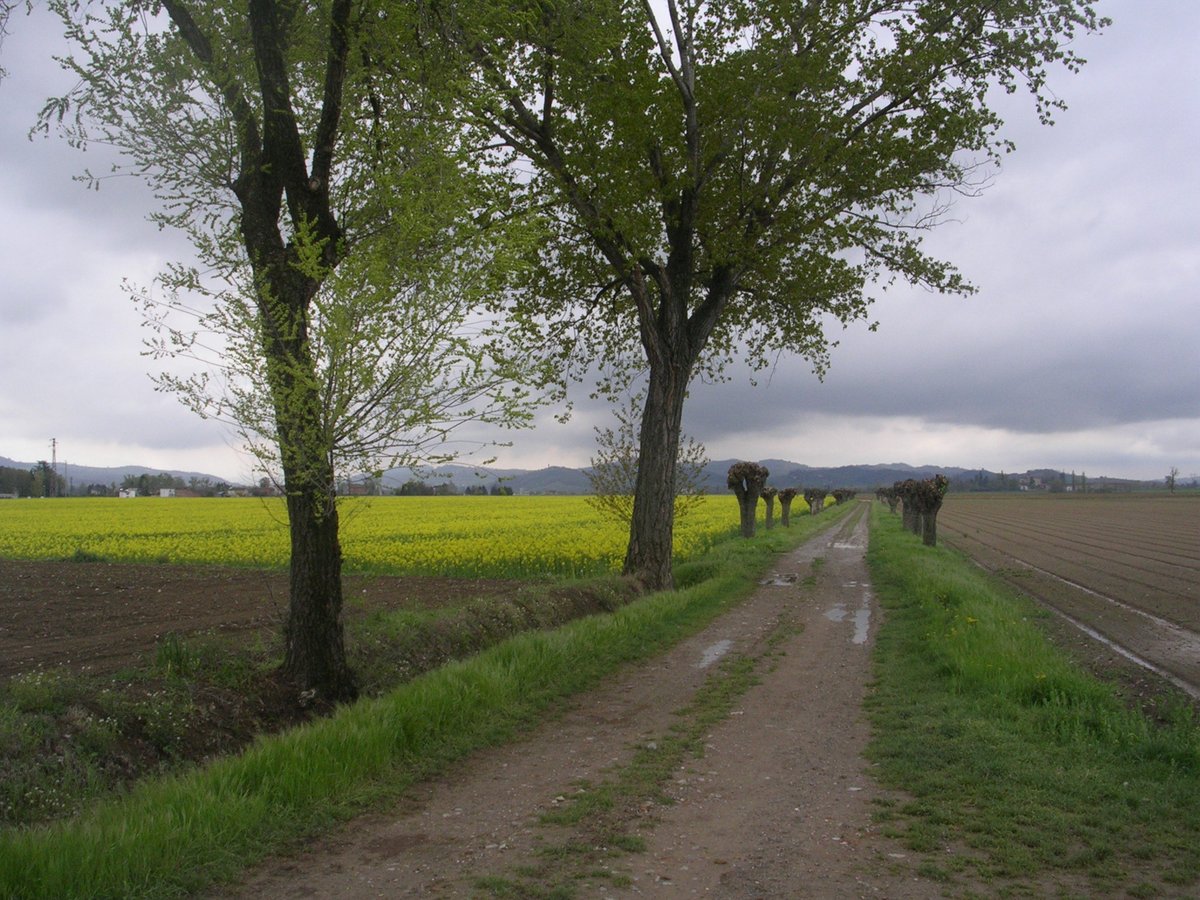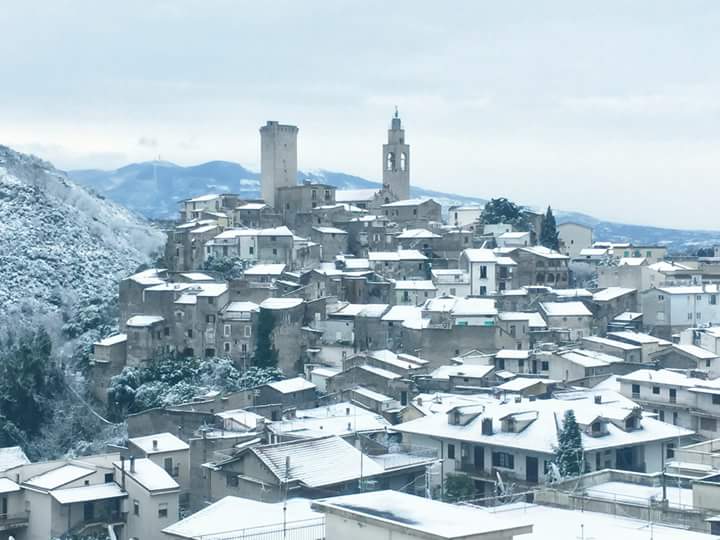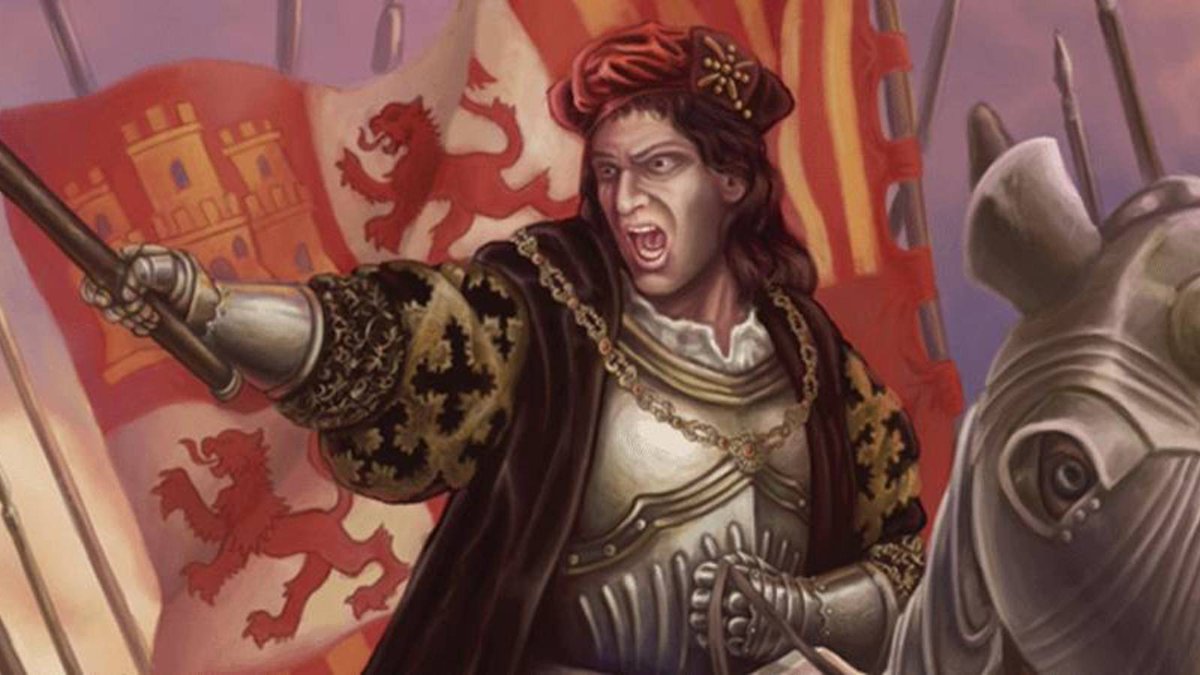
The Battle of Garigliano was the conclusive battle of the Third Italian War of 1501-03. The Spanish led by Gonzalo Fernandez de Cordoba triumphed over a larger French army again, winning the war and establishing their control over Kingdom of Naples which would last for centuries! 

I wanted to continue where I left yesterday when I presented the 1503 battle of Cerignola where the Spanish have achieved a crucial victory in April. After this victory the Spanish army marched towards Naples and triumphantly entered the city in May after the French retreated. 

The Third Italian War was fought exclusively in the Kingdom of Naples in south of Italy between France and Spain for control of that land. The French relied on Swiss mercenaries but weren't able to recruit them for an offensive war for which the Swiss weren't interested. 

The French eventually managed to gather enough infantry from Italian allies and in Autumn they arrived to southern Italy to reclaim it. The conditions were very harsh for both sides with rainy weather and short supplies. For months, there would be no decisive engagement. 

The commander of the Spanish army Gonzalo de Cordoba had wisely avoided battle with the larger French army and waited them behind the Garigliano river. Neither side wanted to cross and engage and the stalemate continued as winter began. It looked like it would continue to spring. 

However the Spanish soon developed a plan thanks to one of their Italian commanders Bartolomeo d'Alviano who suggested to built a pontoon bridge few miles upstream from the bridge that was guarded by the French, to surprise the enemy! Gonzalo de Cordoba accepted the plan. 

D'Alviano crossed the river on 28 December 1503 with an advance guard of 3500 men followed by Gonzalo de Cordoba's forces of 2000 Landsknecht and 200 light cavalry. The rearguard of 300 heavy cavalry and 5000 infantry under Diego de Mendoza were left to guard the French bridge. 

The Spanish forces completely surprised the French as they started advancing on the French side of the river, overwhelming poorly guarded French outposts. The French started to flee in panic as the Spanish rearguard crossed the bridge and they were attacked from two sides! 

It was a brilliant move by the Spanish on the 15000 strong demoralized French army. The French lost around 4000 men in the panicked retreat and casualties would have been even higher if not for a brave last stand of French knights allowing infantry escape to the city of Gaeta. 

Once again Gonzalo de Cordoba achieved a crushing victory over the French! This war enhanced the reputation of "El Gran Capitán" as a military genious and one of the greatest commanders of his age. The battles of Cerignola and Garigliano were definitely decided by leadership! 

The French surrendered and Spain would control entire south of Italy from then on. They allowed the French to retreat and while the noble knights went to France by sea, the poor infantrymen had to return to France by foot broke and disarmed. Many of them died on the way home! 

Even the French nobles who arrived by sea were not much better, "looking like death". The furious king Louis XII blamed the captains for the fiasco. He held them responsible for the indiscipline of the troops and for failing to provide unified leadership due to quarrels. 

While the criticism of Louis XII was correct, he too could have done better as the king of France. The Third Italian War was just another example how much great men like Gonzalo de Cordoba changed history with their military innovation and leadership, beating superior armies! 

• • •
Missing some Tweet in this thread? You can try to
force a refresh








